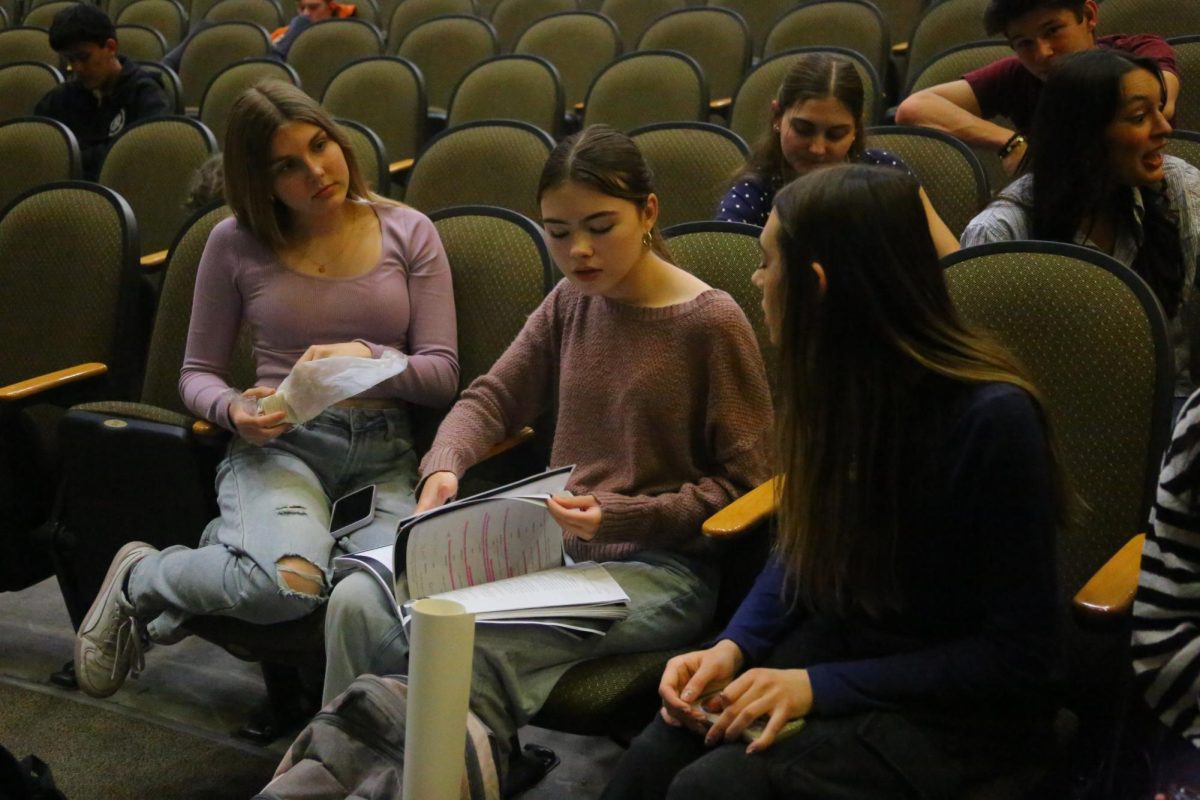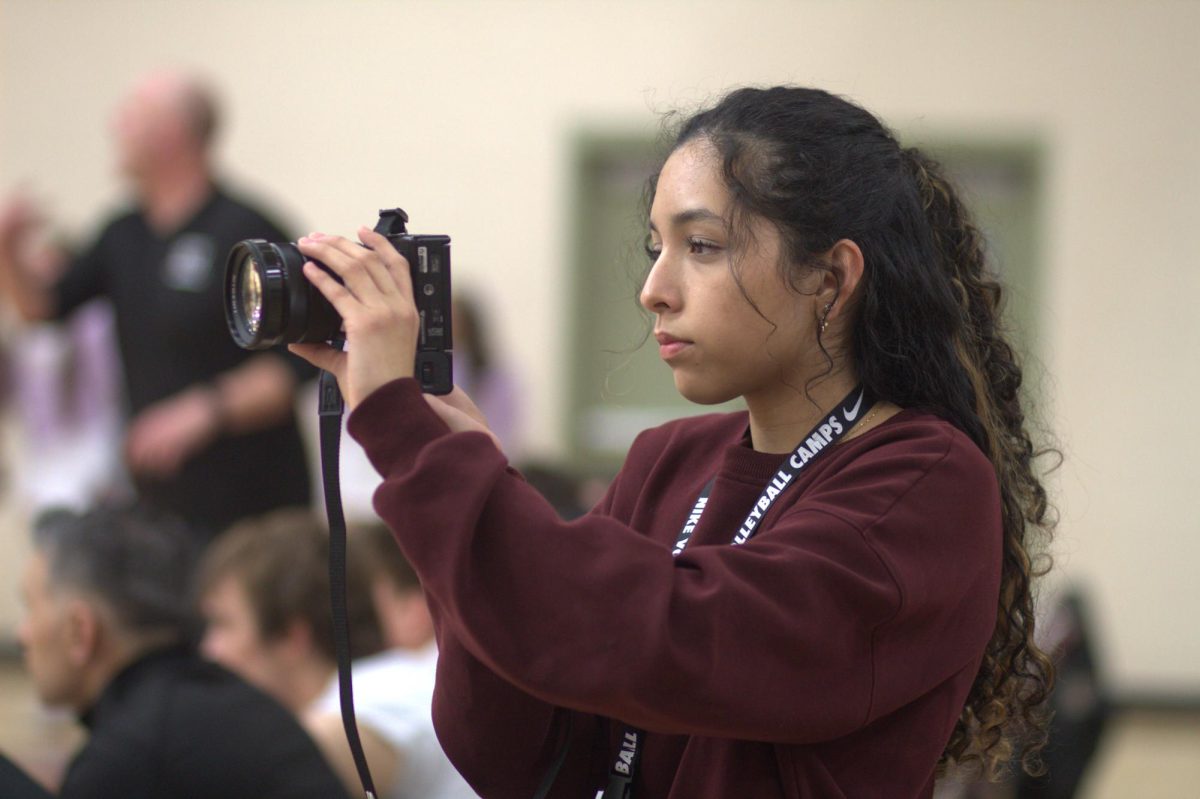Caution tape, fake blood, yellow markers and playing dead doesn’t even begin to cover everything that goes into the forensics crime scene investigation project. Forensics teacher Mrs. Laura Brun explains the “how” behind her annual and infamous crime scene projects assigned to her students and what the learning process is leading up to the executions.
Leading up to the investigation project, students learn how to properly interview, bag and tag evidence, dust and lift fingerprints, photograph and sketch crime scenes and write reports through a series of units. The project is a culmination of everything learned throughout the semester for students to apply in a real-life scenario. During the process of completion, students work together in groups but are graded individually. The groups must work together to have a successful investigation which is why each person has their own role such as photographer, crime scene investigator, lead investigator, sketch artist and crime scene evidence collector.
“Being able to follow protocols in crime scene investigation is very critical. Crossing every ‘T’ [and] dotting every ‘I’ is important assuming a defense attorney is going to look at it and try to pick it apart in court,” Brun said. “We try every year to be precise with direction following because it is a big part of it.”
The procedure for setting up each site varies per group. The students chose who their victim was and how to stage their victim’s “death,” on top of getting the caution tape set up around the area and planting any necessary clues for the investigators.
“Upfront, it was a lot. The first year we did it, we used soccer cones and wrote little letters on them,” Brun said. “Over the years, I’ve acquired more things to make the [crime scenes] feel more real.”
To continuously improve the project, students give feedback on what could be improved for the next year’s students to include in their crime scenes. Brun and her students have discussions about it in class where she tells them what other people have suggested in different periods and from there, they discuss the pros and cons of different ideas.
“I think it’s important to do this project to see if this is a career you want to pursue in the future because it definitely gives you a glimpse into the role of an actual crime scene investigator,” Jacquelyn Cavarra said.
by LILA COMBS & ROWEN KIBBY





